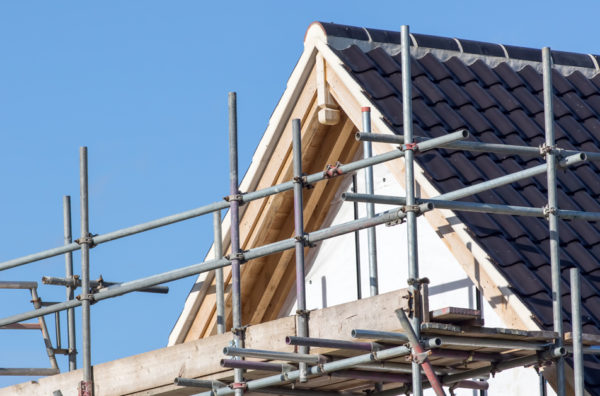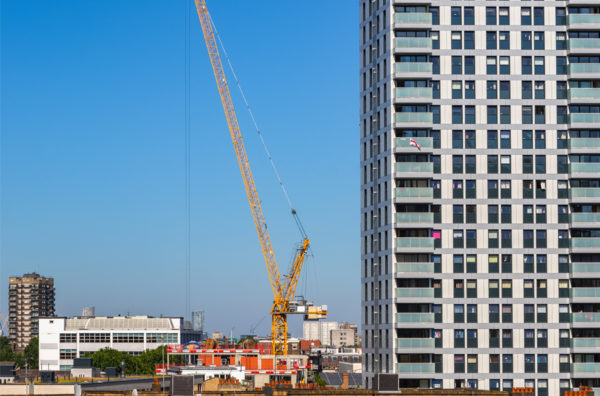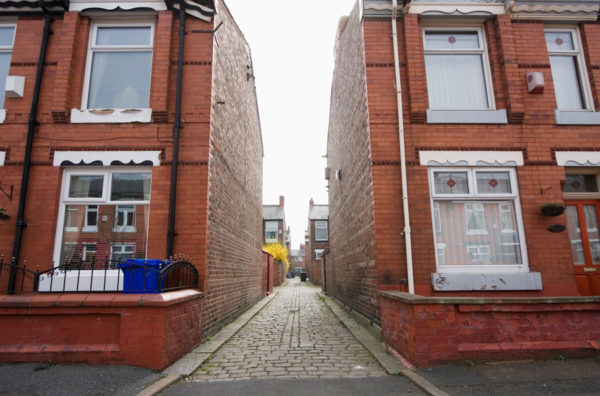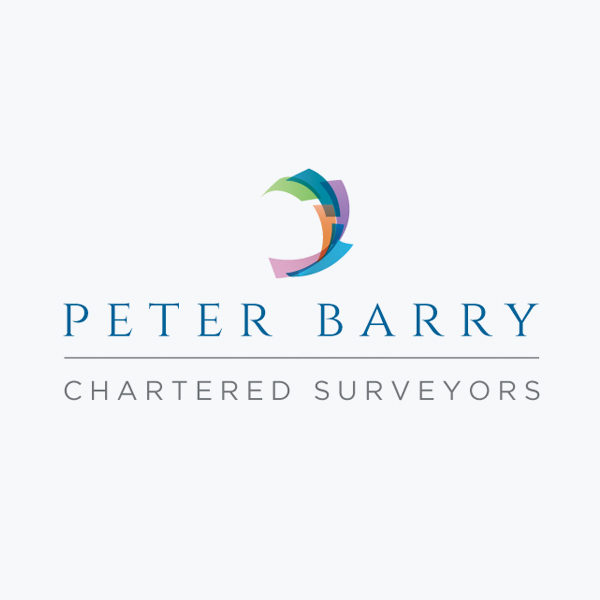When developing land or extending an existing property it is often necessary to access neighbouring land. Examples would include erecting a scaffold or hoarding on the adjoining owner’s side of the boundary to construct a flank wall or over sailing an adjoining owner’s land with a crane.
If such access is not a right under statute it will require the express consent of the adjoining owner.
There are 2 statutory procedures that might apply:
The Party Wall etc. Act 1996
Section 8 of the Act provides a right of access to undertake works that are covered by the Act and for which access is necessary. If it is, for instance, proposed to build and extension and the flank wall of that extension is at the boundary the building owner will have a right of access over the adjoining owner’s land. It should be noted that section 1 of the Act only applies where a wall is ‘at’, i.e. touching, a boundary so this should be considered at design stage.
Access to Neighbouring Land Act 1992
If access is required to maintain an existing property and this has not been provided for either in the lease or the title deed a building owner can make an application to court under the Access to Neighbouring Land Act 1992. The court will prescribe the terms of access and may award compensation where appropriate.
If neither of these statutory procedures apply access must be authorised by the grant of a Licence and is very much in the gift of the adjoining owner. If an adjoining owner does allow access it will likely be subject to strict conditions and may also require payment of a consideration.
If a Licence is refused, it may be necessary to rethink the construction methodology or even revisit the design so the question should be asked as early as possible.
The form of Licence will depend upon the reason for and duration of the access. Should a building owner require access for an hour or two to clear some leaves from a gutter the adjoining owner will likely be willing to grant a verbal license. This form of License would only be suitable if the access required is very short term and no equipment, such as scaffolding, will remain on the adjoining owner’s land.
A slightly more formal approach would be via an exchange of letters but, again, this would only be suitable where the duration is short and the risk limited.
The most common form of License is a formal document which is signed by both owners and which may also be executed as a deed. This type of License would be used where access is required for scaffolding, oversailing cranes etc. as it provides the contractual assurance that the building owner is likely to require.
Licenses for residential extensions or maintenance would normally be drawn up by surveyors whereas input from solicitors will likely be required where the works are high risk or for an extended duration.
Contact Us
If you require any advice on matters relating to access please do not hesitate to contact us.
Other Services
Scaffold Licences
Probably the most common reason for accessing an adjoining owner’s property is to erect a scaffold or hoarding.
Crane Licences
Where an adjoining owner’s express consent is required for scaffold, hoarding or crane access such consent will generally be subject to conditions and one of the more contentious conditions is the payment of a consideration.
How much will access cost
Where an adjoining owner’s express consent is required for scaffold, hoarding or crane access such consent will generally be subject to conditions and one of the more contentious conditions is the payment of a consideration.





